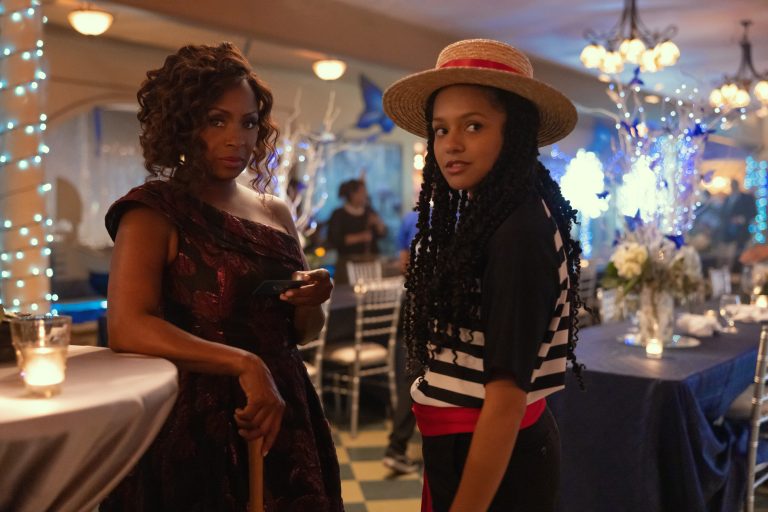Inspired by the 2011 movie “The Caller,” Lee Chung-hyun’s riveting Korean thriller “The Call” (2020) follows in the same vein and incorporates elements of time travel, dread, and suspense. The central theme of the psychological horror is the underlying concept of interconnected fates between the two protagonists who live in different decades. We delve into the ways in which an unsettling phone call connects two women who are living decades apart. Their lives are irrevocably altered by this phone call, which is the inspiration for the movie’s title.
“The Call” is recognized for its gripping plot and surprising turns of events. In addition, Park Shin-hye and Jeon Jong-seo, the movie’s lead actors, deliver outstanding performances that elevate the narrative and leave a lasting impression. Actor Jeon Jong-seo, who is known for her role in the Korean drama “Wedding Impossible,” is the movie’s shining star. She transforms into a captivating sociopath, frightening and impressing viewers. Despite its mixed critical reception, the movie’s unusual premise and the psychological depth of its storytelling have resonated with audiences around the world, making it a cherished movie.
The article clarifies some murky parts of the movie and provides a detailed explanation of Lee Chung-hyun’s directorial brilliance. It also attempts to decipher the story’s twists and analyze the themes it explores. If you haven’t seen the film yet, you might want to skip reading this analysis and save it for later because it contains spoilers. Everyone else, please proceed. Have fun reading!
The Call (2020) Plot Summary & Movie Synopsis:
Prologue
Do you believe that one can have a life-changing phone call? If not, this movie will undoubtedly show you how. The plot of the psychologically gripping time-travel movie centers on two characters, Seo-yeon and Young-sook, who live in the same house but are separated by 20 years. Director Lee Chung-hyun starts off with a straightforward premise for this Korean movie. In “The Call,” an old cell phone and fate combine to tell a terrifying story of two lives interwoven together. In order to alter her own destiny, Young-sook, who ends up becoming a serial killer, risks Seo-yeon’s former and present life.
The opening scene of “The Call” sets an unsettling tone, which aptly hints at what we’re about to witness further. The main character, Seo-yeon, decides to pay a visit to her distant, sick mother. Seo-yeon appears to have moved back to her childhood home. She meets Sun-ho here, who rightly describes the family house as still the best in the neighborhood. Following this, Seo-yeon tells Sun-ho that she has lost her phone. When he offers to lend her his, she tells him that the house should have a phone inside.
When Seo-yeon walks inside her house, she finds an old cordless phone. By using it, she tries to locate her phone. It appears to have been stolen, though. Shortly after, she receives a call from Young-sook. We learn that the woman is living in the same house but in 1999. This unsettling setup starts a terrifying dialogue between the past and present. Through the phone conversations that take place across time, the movie deftly ties the lives of these two women together. Seo-yeon and Young-sook begin to piece together the fact that they actually share a home as they talk more. When they learn how their actions in one timeline impact the reality of the other, their initial curiosity becomes a horrifying experience.
How does Seo-yeon deal with the calls?
Communicating with Young-sook initially gives Seo-yeon comfort as she struggles with her mother’s sickness and the unsettling environment of her childhood home. Furthermore, Young-sook even saves Seo-yeon’s father in her timeline. After that, we witness Seo-yeon enjoying a fulfilled life with her parents as her reality in the present changes.
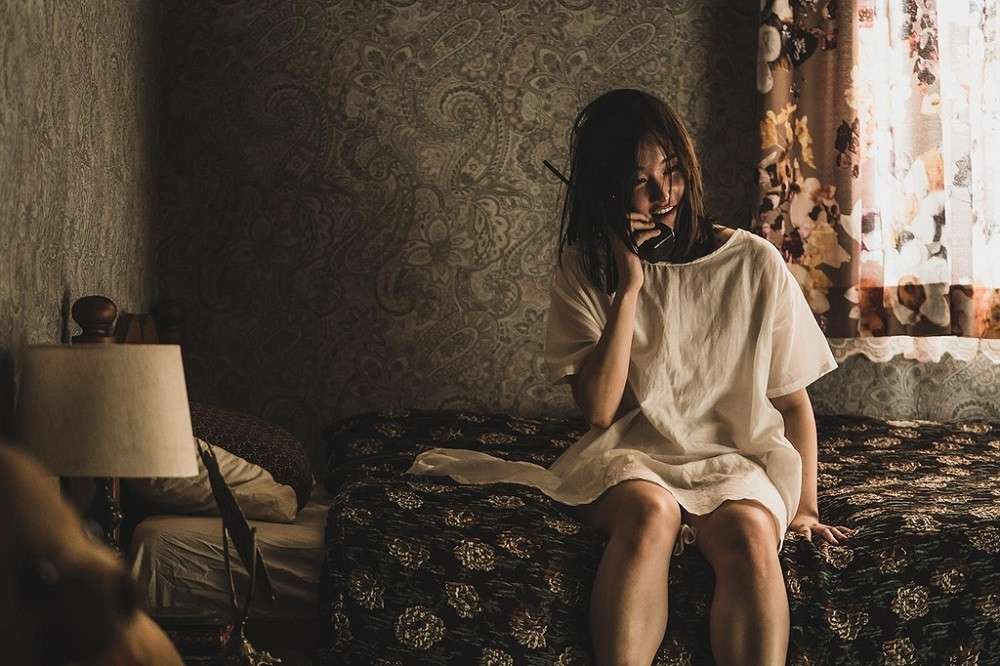
On the other hand, Young-sook’s mother keeps her confined and isolated in the house. Being a shaman, she believes Young-sook to be capable of harming many people. Seo-yeon overhears Young-sook’s mother physically abusing her one day when Young-sook contacts her. Following this, Seo-yeon researches Young-sook and learns that her mother has killed her. As such, Seo-yeon tells Young-sook of her findings and warns her about her future.
What sets the plot in motion?
Young-sook isn’t your typical pleasant next-door neighbor. We learn that she has a disturbing past and is a sociopath. Later that day, just when Young-sook’s mother is about to kill her, Young-sook changes her fate by killing her mother. Following this, Young-sook gets all the freedom she has always wanted. However, Young-sook also murders Sung-Ho when he discovers that her mother’s body is chopped and kept in the fridge.
When Seo-yeon finds out that Young-sook killed Sung-ho and her mother, things spiral out of control. The plot thickens as Seo-yeon unintentionally stops a vital event in Young-sook’s life. This unintentional action sets off a chain of terrifying occurrences that make Seo-yeon face the horrifying truth that her new friend is a sociopath. With time, as Young-sook realizes she has authority, she manipulates events to escape her grim future. In 1999, she was fated for a life of cruelty and imprisonment. Using the information, she manipulates Seo-yeon, and she begins to change her past deeds and her destiny.
Repressed memories and hidden truths
As the movie progresses, both women learn long-buried truths about their loved ones and themselves. The house becomes a character itself, storing truths and memories that are progressively made clear by their conversations. To keep Young-sook from changing history, Seo-yeon is forced to navigate this intricate web of the past and present. When Seo-yeon attempts to break off her connections with Young-sook, the tension in the story peaks. The realization that her new companion is the culprit behind her hardships prompts her to take this action. In a desperate attempt, Young-sook alters events in Seo-yeon’s past, compromising her present. As Seo-yeon attempts to stop Young-sook’s tactics and defend her present life and loved ones, there begins a chaotic back and forth.
The Call (2020) Movie Ending Explained:
Does Young-sook Change Her Fate?
In a last fight that cuts over time, Seo-yeon strives to correct the timeline and permanently stop Young-sook. The movie’s primary concept of fate vs free will is brought to light in a fight that transcends time and piques the viewer’s interest. Seo-yeon’s mom gives her life at The Call’s climax in order to bring down Young-sook and protect her daughter. Moments before Young-sook is going to murder young Seo-yeon, Seo-yeon’s mom dashes into her. Both women stumble over the handrail of the first floor, tumble from a high place, and are left to die.
In the story’s epilogue, Seo-yeon is at the graveyard grieving her mother’s loss. After that, she is surprisingly brought back together with her mother, who appears to have made it through her confrontation with Young-sook. However, a sequence of images shown before the closing moments indicates that Young-sook was not killed in the accident as well.
We first go back in time to a previous scene in the film when Young-sook is seen speaking to somebody. Once we hear the entire phone conversation, we understand that 2019 Young-sook cautions her 1999 self that Seo-yeon’s mom and an officer will be at her house shortly. She advises herself to hang onto the cell phone no matter what happens. After the showdown, we see a wounded Young-sook lying there, surrounded by her own blood. We then see her opening her eyes and staring at the camera.
Does Seo-yeon survive?
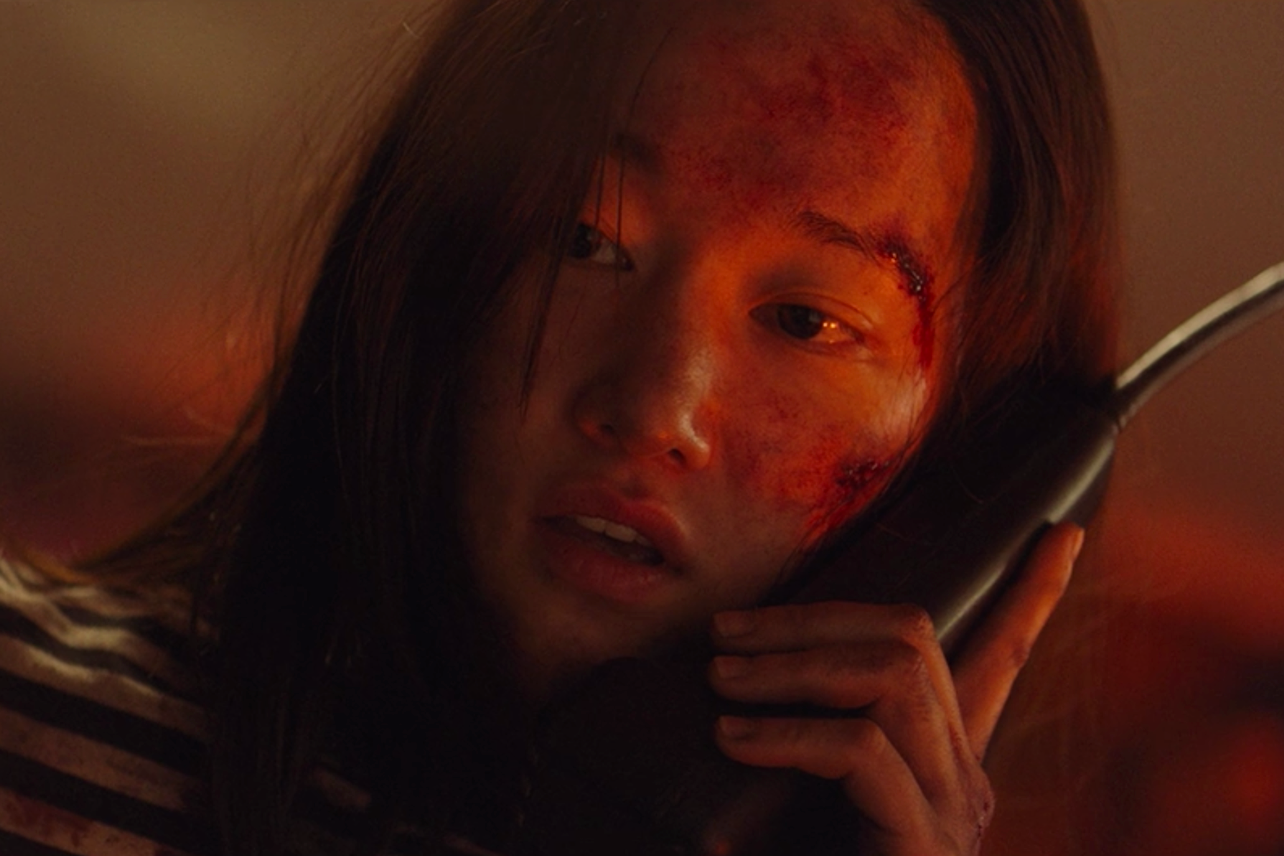
The scene then shifts back to Seo-yeon at the graveyard, where we last see her mother briefly before she vanishes. In the closing moments, the scene switches to Young-sook’s cellar, where an adult Seo-yeon is strapped with a chair and kept prisoner.
The Call (2020) Movie Themes Analysed:
Free Will vs. Fate
At its heart, “The Call” is about the age-old question of whether or not people have free will. Can we alter our fate, or are we just following a plan set by the universe? The narrative looks at this through the lens of its primary characters, Seo-yeon and Young-sook. We see how a strange turn of events links their lives. This theme is brought to the forefront by their attempts to change their fates by doing things at different times.
The Ripple Effect
What you do has consequences, and this is especially true in “The Call.” The movie makes it clear that one small change in the past can lead to a lot of changes in the future. It’s like throwing a pebble into a pond and watching the ripples. However, these ripples can be life-altering.
Connection and Loneliness
There is a connection between Seo-yeon and Young-sook because of a single phone, even though they are decades apart. This shows how much people want to connect with others, even when it seems unlikely. There is also a strong theme of loneliness, as both of the characters are entirely alone with their problems. This shows the dual nature of being human. The movie sheds light on our need for other people as well as our often lonely path through life.
The Call (2020) Movie Signs & Symbols Analysed:
The Old Phone
This is the most crucial symbol in “The Call.” It’s a component that bridges time, enabling conversation across decades. The old phone symbolizes the need for connection and the dangers of tampering with time. It’s like Pandora’s box that unleashes unforeseen consequences. This also symbolizes how technology can be both a blessing and a curse.
The House
The house’s setting functions as more than just a backdrop. It holds secrets and is where the present and the past meet. The house reflects the state of the characters. We see the house continuously changing as the main characters’ fates twist and turn. It holds on to the traces of what was and what could be, almost like a living thing in its own right.
Mirrors and Windows
Mirrors and windows are used to illustrate different ideas in the movie. Moreover, mirrors often show more than just how we look. They can reflect truths, reveal secrets, and even show us what’s wrong with us. The windows in our homes represent the thin walls that separate us from the outside world. Furthermore, they give us a glimpse into a different life we could have lived.

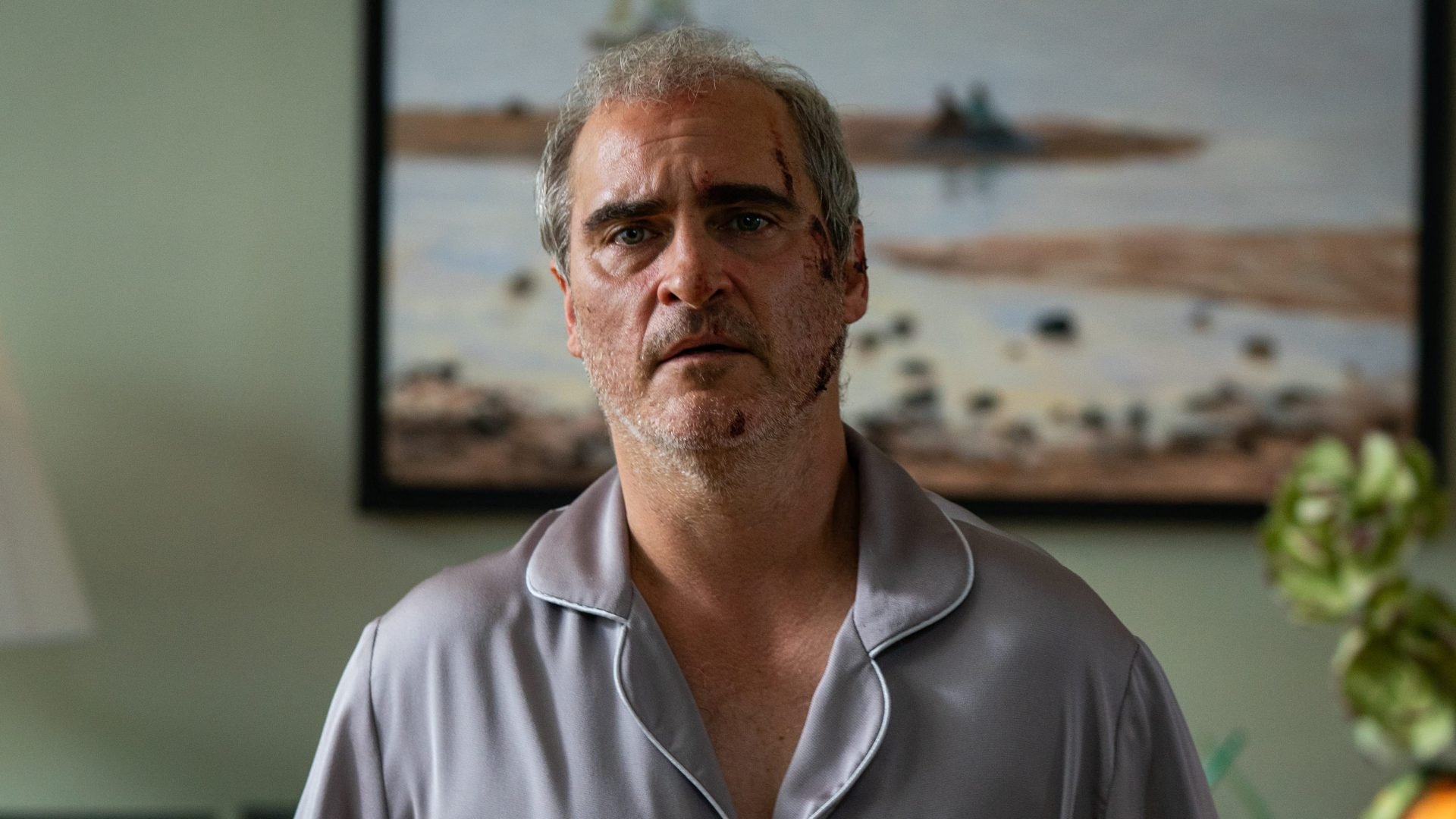

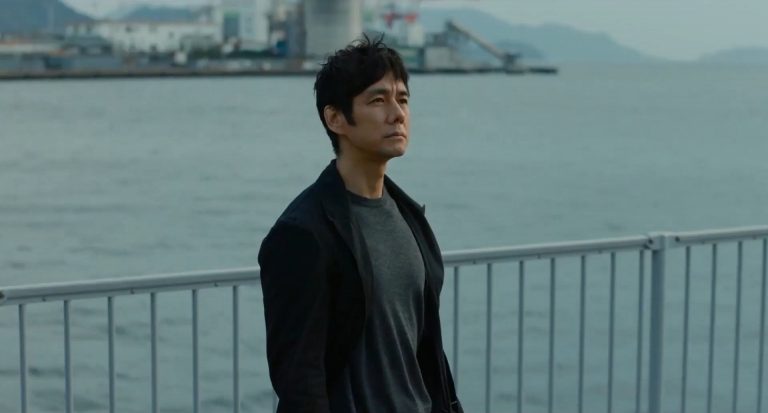
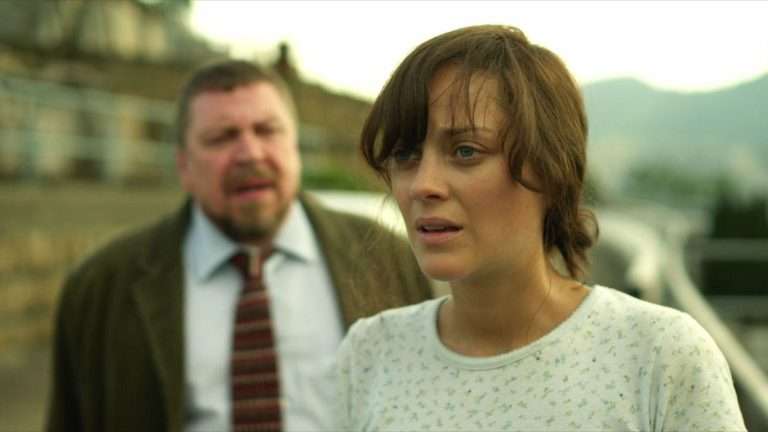

![Jalsa [2022] Review: A Well-Made Gripping Drama, Steering Out Of Control By The End](https://www.highonfilms.com/wp-content/uploads/2022/03/Jalsa-2-768x384.jpg)
